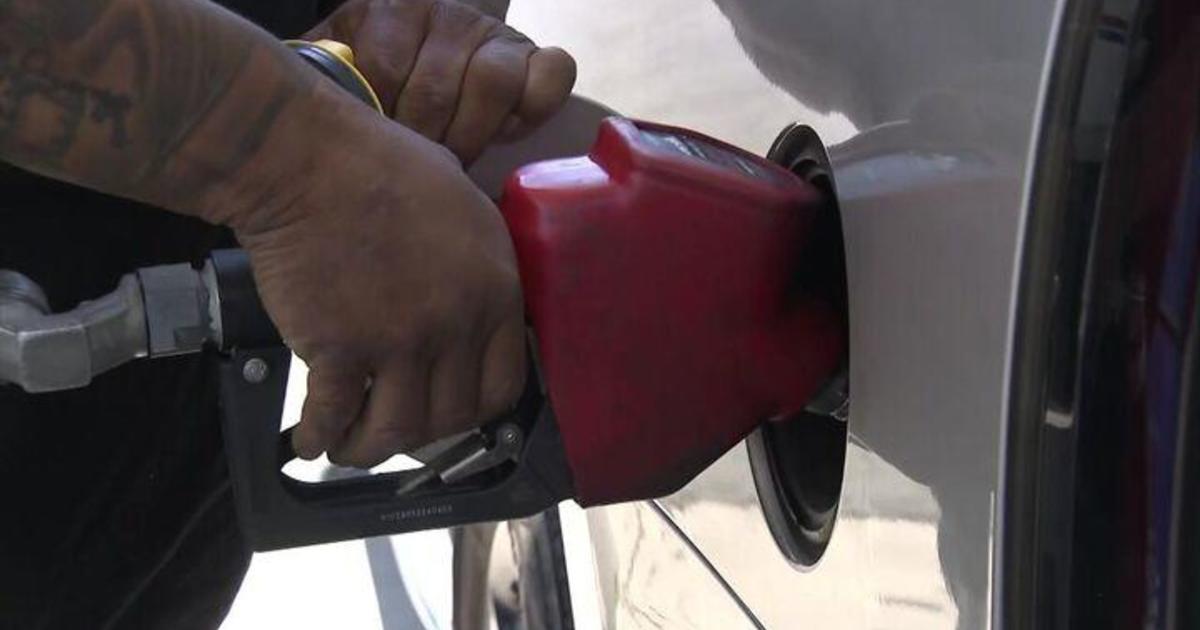Physical Address
304 North Cardinal St.
Dorchester Center, MA 02124
Physical Address
304 North Cardinal St.
Dorchester Center, MA 02124

American drivers are expected to enjoy lighter strains on their wallets this Labor Day weekend, as gas prices are projected to be significantly lower than in previous years. According to GasBuddy’s annual travel forecast, the average price of gasoline nationwide will reach $3.27 per gallon, marking a notable drop of 50 cents from last year’s average of $3.77.
This 13% decrease translates to considerable savings for motorists, who are collectively anticipated to spend about $750 million less on fuel this holiday compared to the same period in 2023. This trend of decreasing gas prices has been observed in recent weeks, as prices have been consistently declining since peaking at $3.69 a gallon in mid-April.
Patrick De Haan, head of petroleum analysis at GasBuddy, noted, “It doesn’t feel too bad compared to two summers ago, when you could find the stray $6 price across Chicago.” He emphasized that gas prices have been decreasing since mid-July due to lower demand alongside fewer refinery outages, keeping overall costs in check. As of now, U.S. gasoline inventories are about 3% higher than they were at this time last year, as reported by the U.S. Energy Information Administration (EIA).
De Haan expressed optimism for even further reductions in the future, stating, “We’re seeing perhaps the best opportunity in years for the national average to fall below $3 per gallon.” With likely eased seasonal demand as summer ends and the transition to cheaper winter gasoline approaching, many gas stations across the country may feature sub-$3 prices by Thanksgiving.
AAA’s Andrew Gross confirmed that the arrival of September brings cheaper winter-blend gasoline, which often alleviates pressure on pump prices. Additionally, weaker demand combined with declining oil prices could lead to further drops in gas prices.
Regional differences still play a significant role in gas pricing across the country. Generally, gas prices on the West Coast tend to be higher due to various factors, including limited interconnections with refining centers and more expensive production requirements. Last month, storm-related refinery outages pushed up gas prices slightly in the Midwest, but in Florida, Hurricane Debby, which threatened Gulf Coast oil production, did not significantly impact refinery activity or petroleum demand.
The state reporting the highest gas prices is Hawaii, where drivers are paying an average of $4.65 per gallon. California and Washington follow closely, with prices averaging $4.62 and $4.16, respectively. In Nevada and Oregon, gas prices sit at $3.96 and $3.79 per gallon. On the other end of the spectrum, Mississippi boasts the lowest average price at $2.88 per gallon, with Oklahoma and Texas not far behind at $2.94 each. In Tennessee, the average price is $2.95, while Louisiana sits at $2.96 per gallon.
For consumers looking to budget their fuel spending over the upcoming holiday, it’s worth keeping an eye on gas station prices as they can vary widely by location. While some states enjoy more economical prices, others continue to grapple with high costs, reflecting a complex interplay of regional supply, demand factors, and production expenses.
As travel picks up over the long weekend, many motorists will likely appreciate the reduced fuel costs and could be encouraged to embark on summer road trips without the burden of rising gas prices weighing them down.
Source: CBS News



